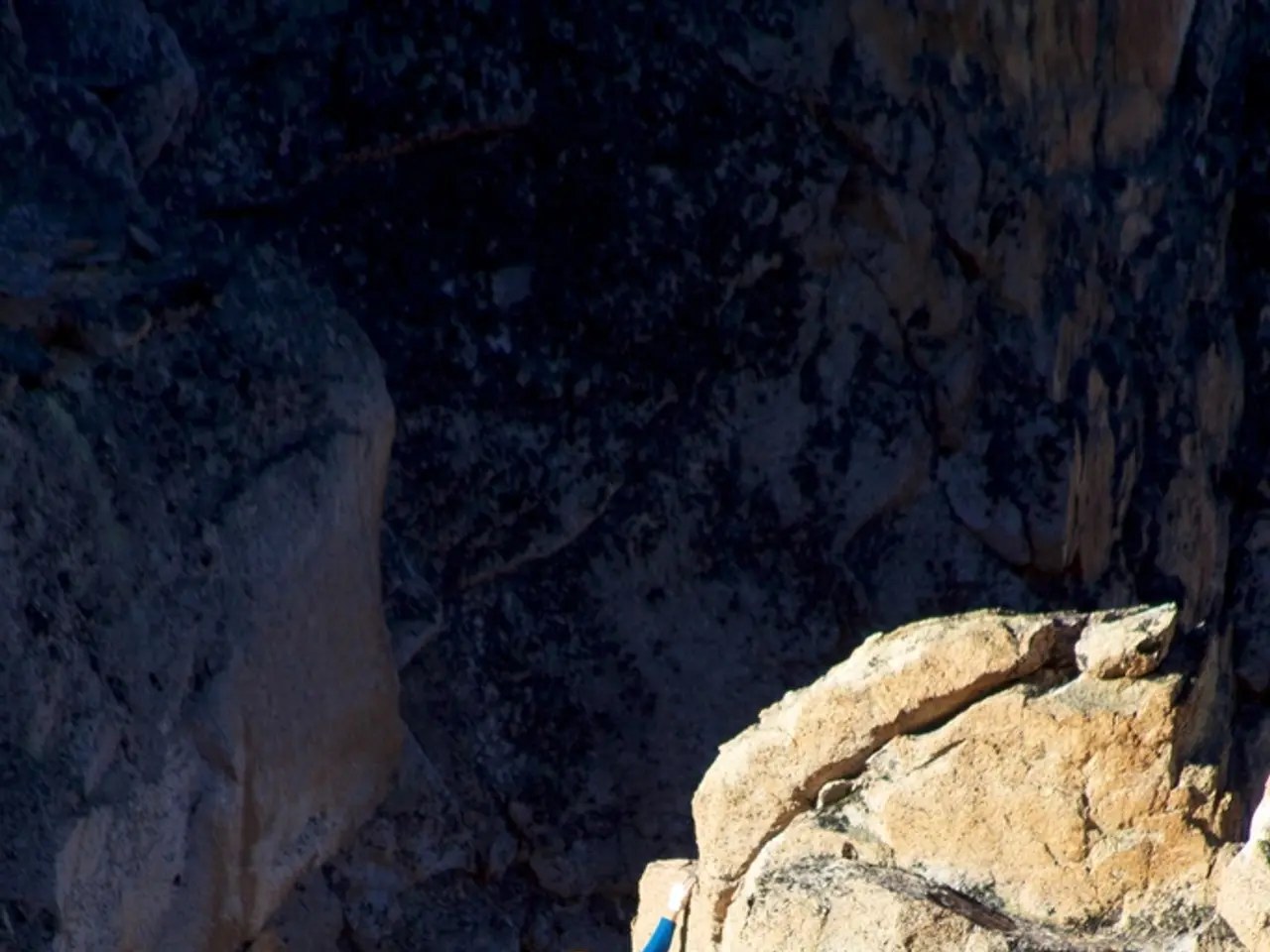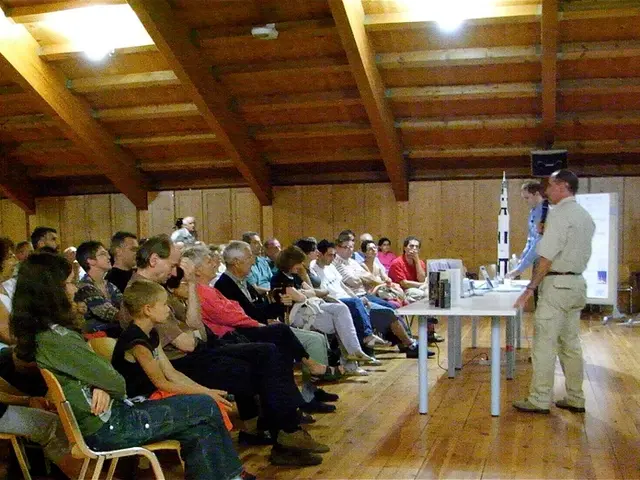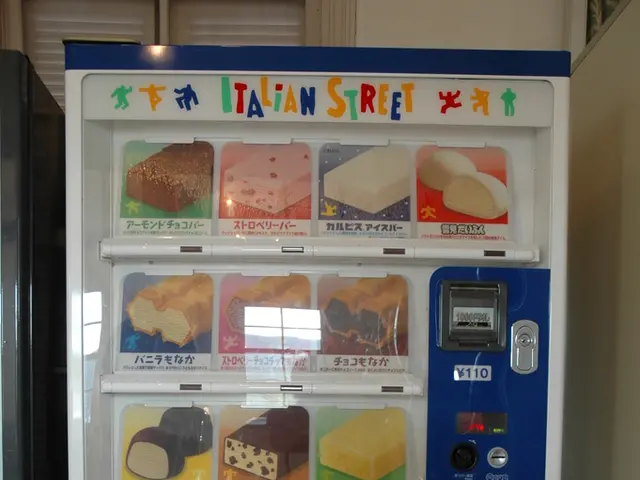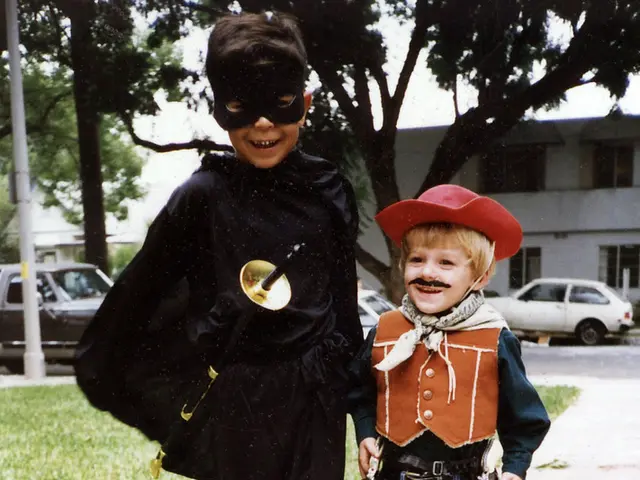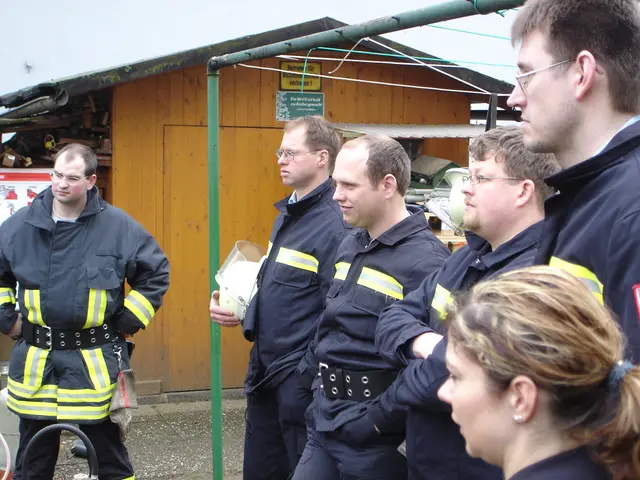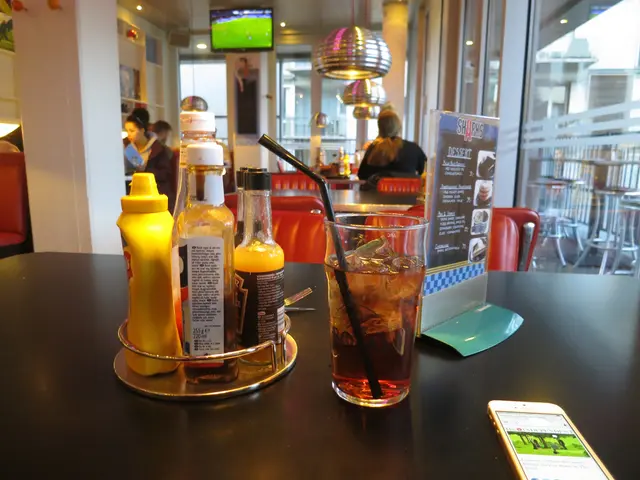Tragic Mountain Climbing Accidents Caused by Misjudged Risks, Coroner Reveals
In the tragic events of May 4, 2021, two climbers lost their lives on Taranaki Maunga, New Zealand's second most deadly mountain after Aoraki/Mt Cook. The Mountain Safety Council (MSC) extends its deepest condolences to the deceased's family and friends.
The climbers, friends and colleagues from Christchurch who were in New Plymouth on a work trip, attempted a night-time ascent of Taranaki Maunga. They sent texts indicating they had started their ascent and summited, but later called emergency services reporting a fall.
The rescue team located their bodies about 300m down the mountain from where the call to emergency services was made. However, the recovery of the bodies was delayed due to dangerous weather conditions until May 6.
The MSC, in its report, identified contributing factors to the deaths, including the climbers' limited planning, underestimation of dangerous ice conditions, and use of unsuitable gear. The pair chose a route discouraged by the Department of Conservation due to the gradient and environmental conditions.
It is important to note that climbing Taranaki Maunga during winter requires mountaineering skills and equipment. The MSC recommends seeking information and advice from locals, taking a cautious approach, and learning how to use equipment before exposing yourself to highly consequential terrain.
Experience climbing elsewhere may not be sufficient to understand the unique challenges and conditions on Taranaki Maunga. Climbing or tramping at night raises the difficulty level and requires thorough planning. The MSC encourages hikers and trampers to use resources like the Mount Taranaki Summit Route video and Plan My Walk for planning and preparation.
Ensure your footwear and crampons are appropriate for the objective you are undertaking. The MSC also emphasizes the importance of wearing a helmet and carrying an ice axe.
Taranaki Maunga is a very serious mountain requiring solid planning and decision making at any time of year. In the summer months, it is a popular climb, but many underestimate its seriousness in winter or when weather or conditions deteriorate.
The MSC urges everyone to remember the unfortunate incident that occurred on May 4, 2021, as a reminder of the risks involved in mountaineering and the importance of proper preparation and equipment. Let us honour the memory of the two climbers by learning from their experience and taking the necessary precautions when venturing into the mountains.
